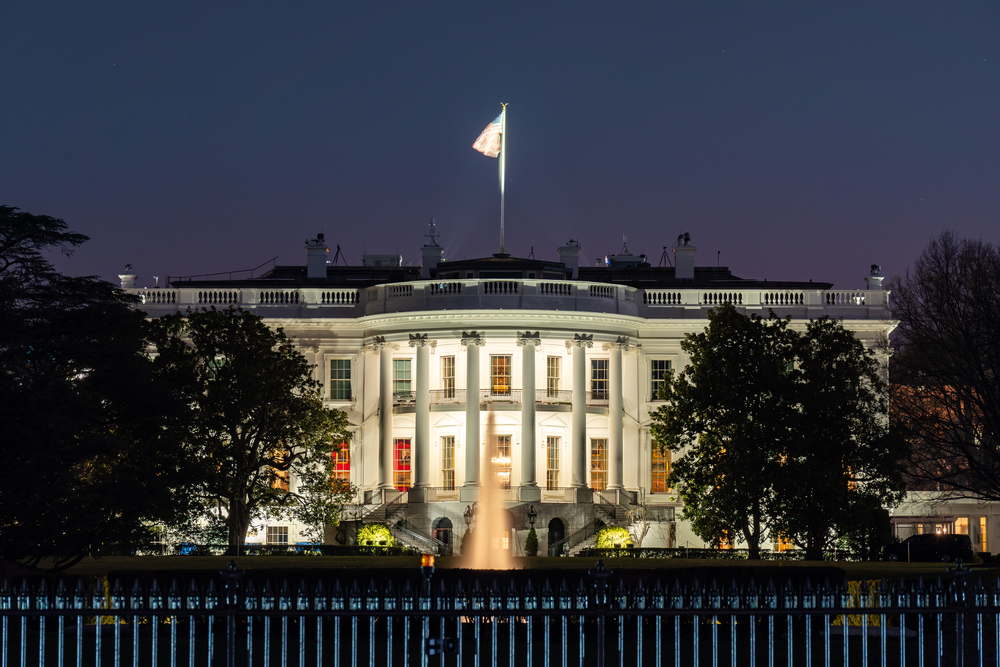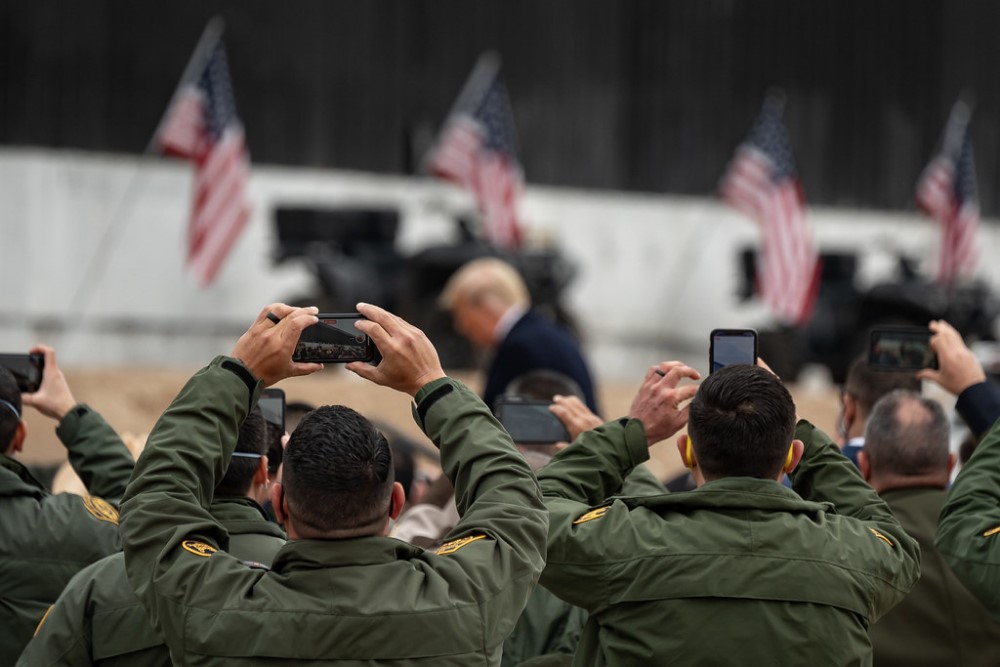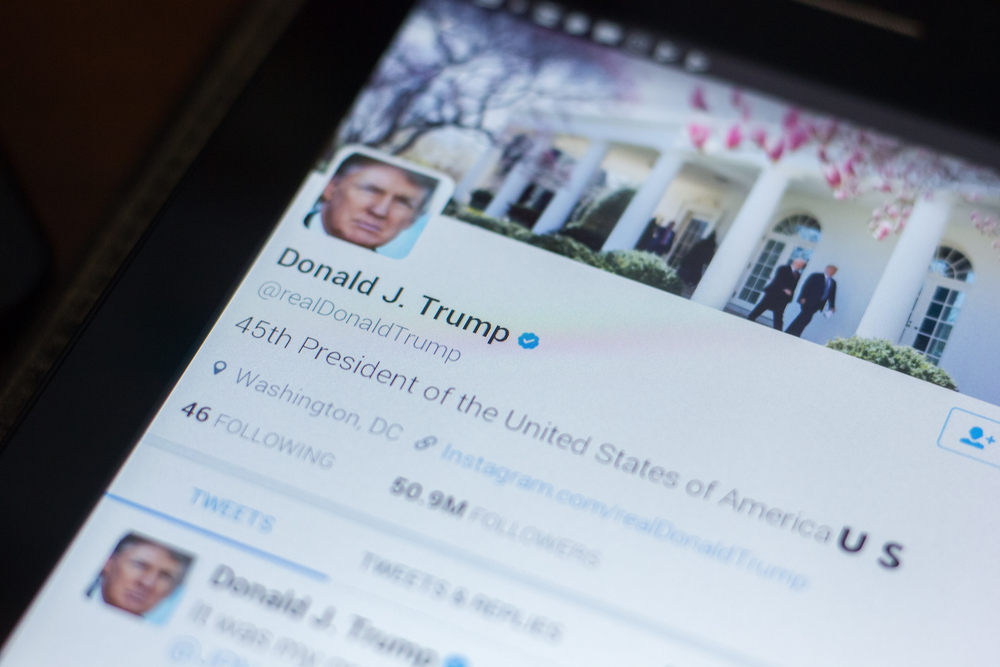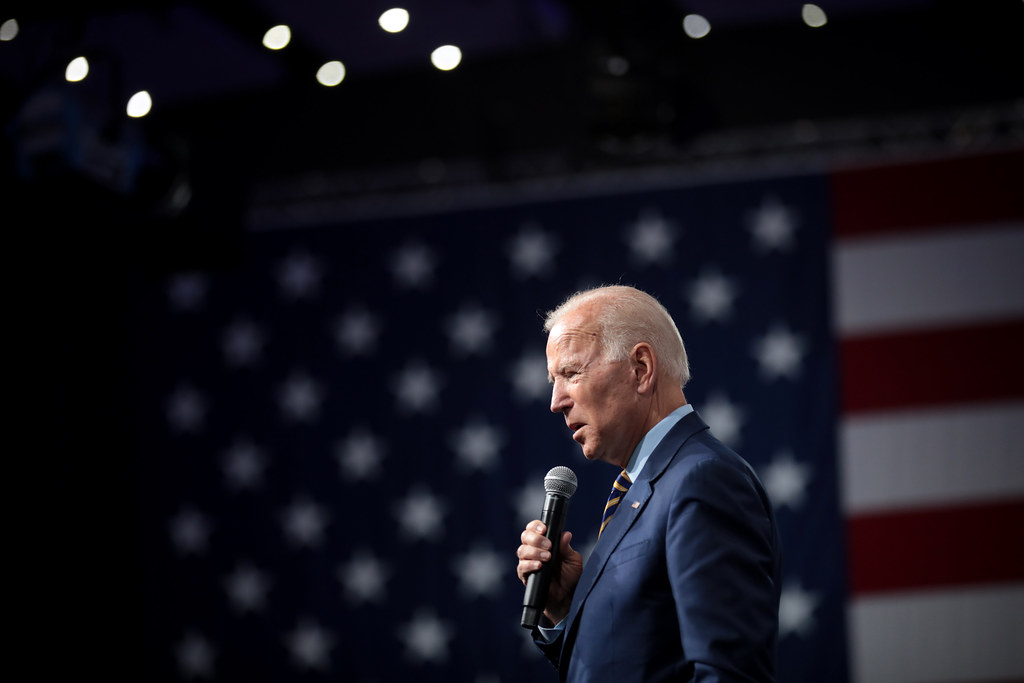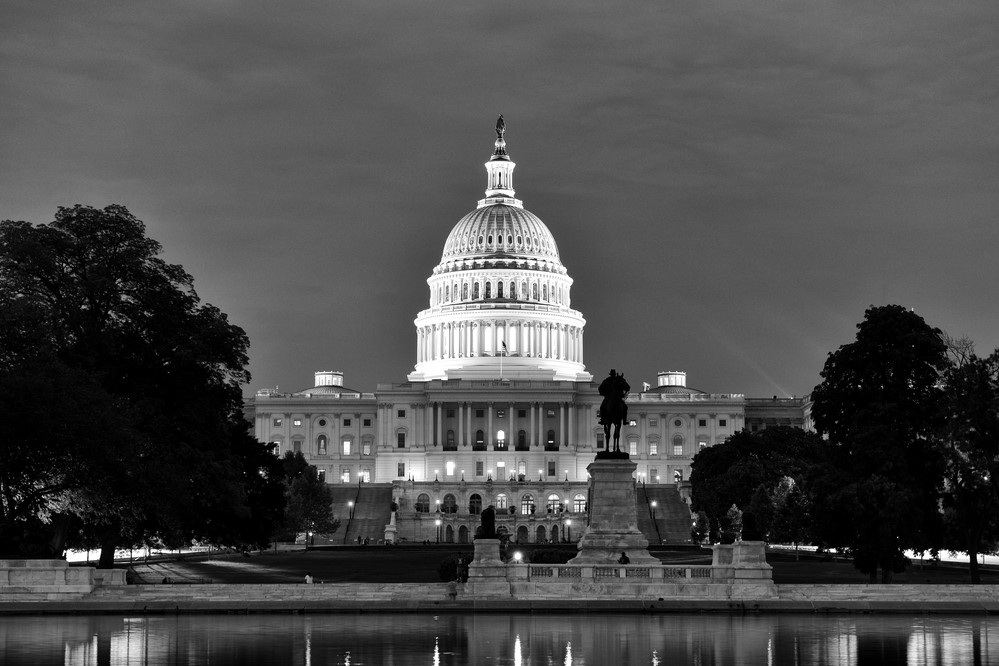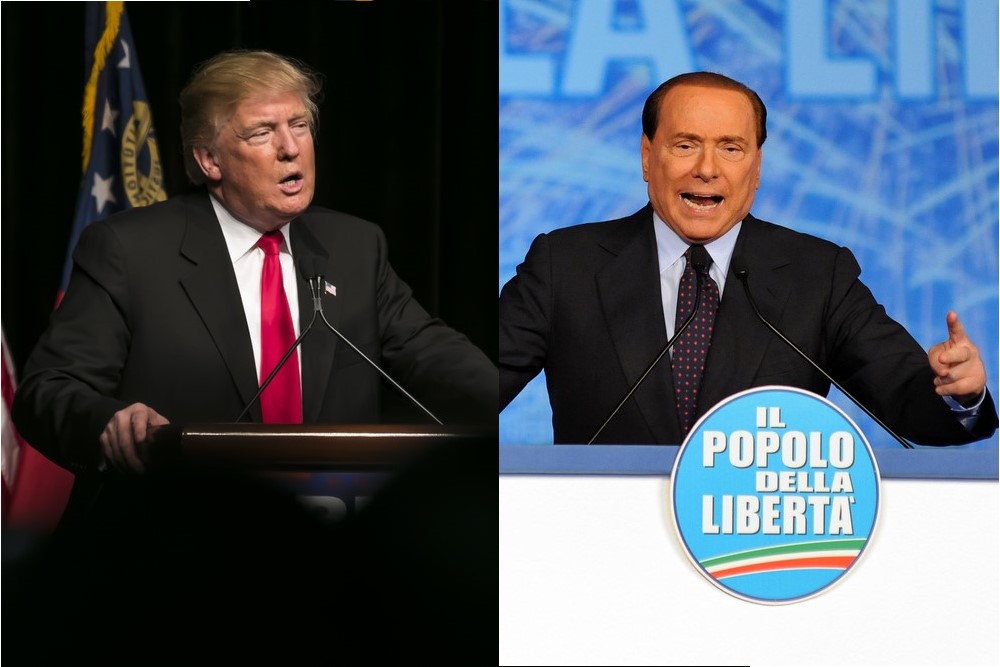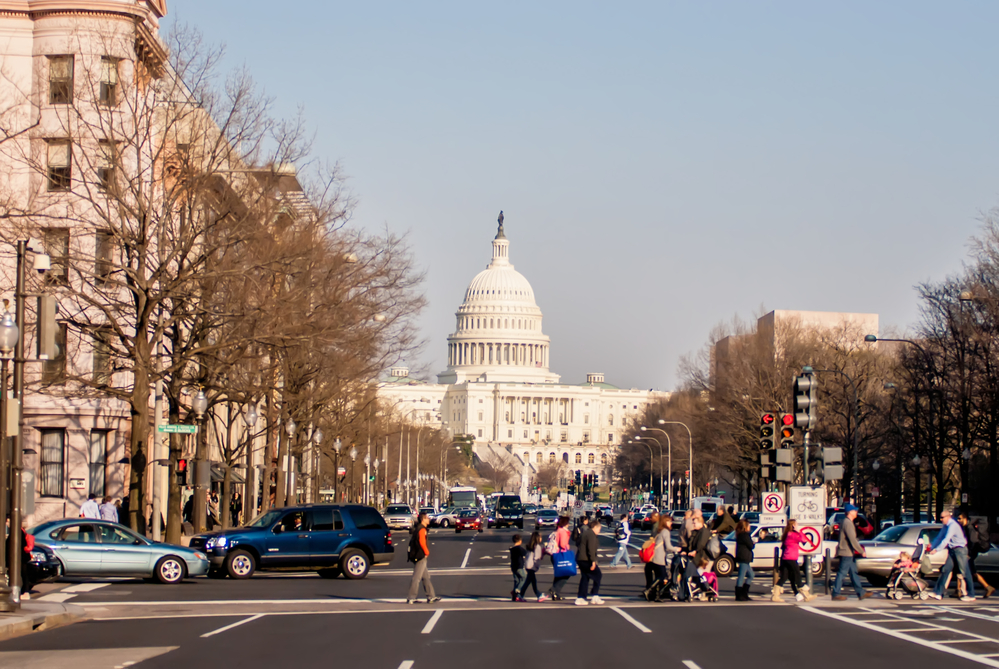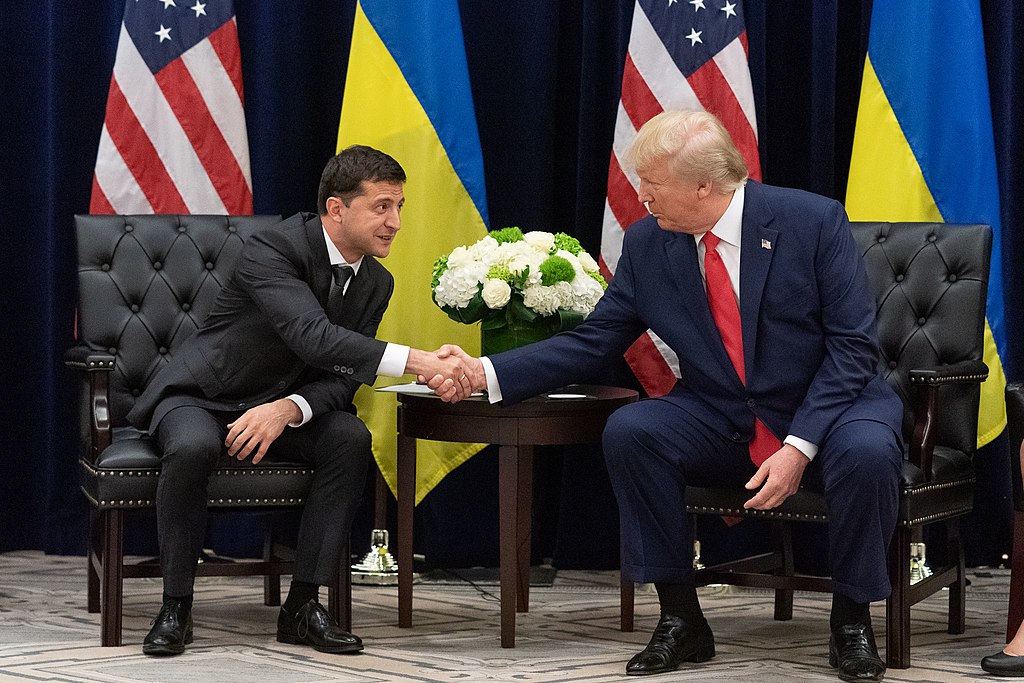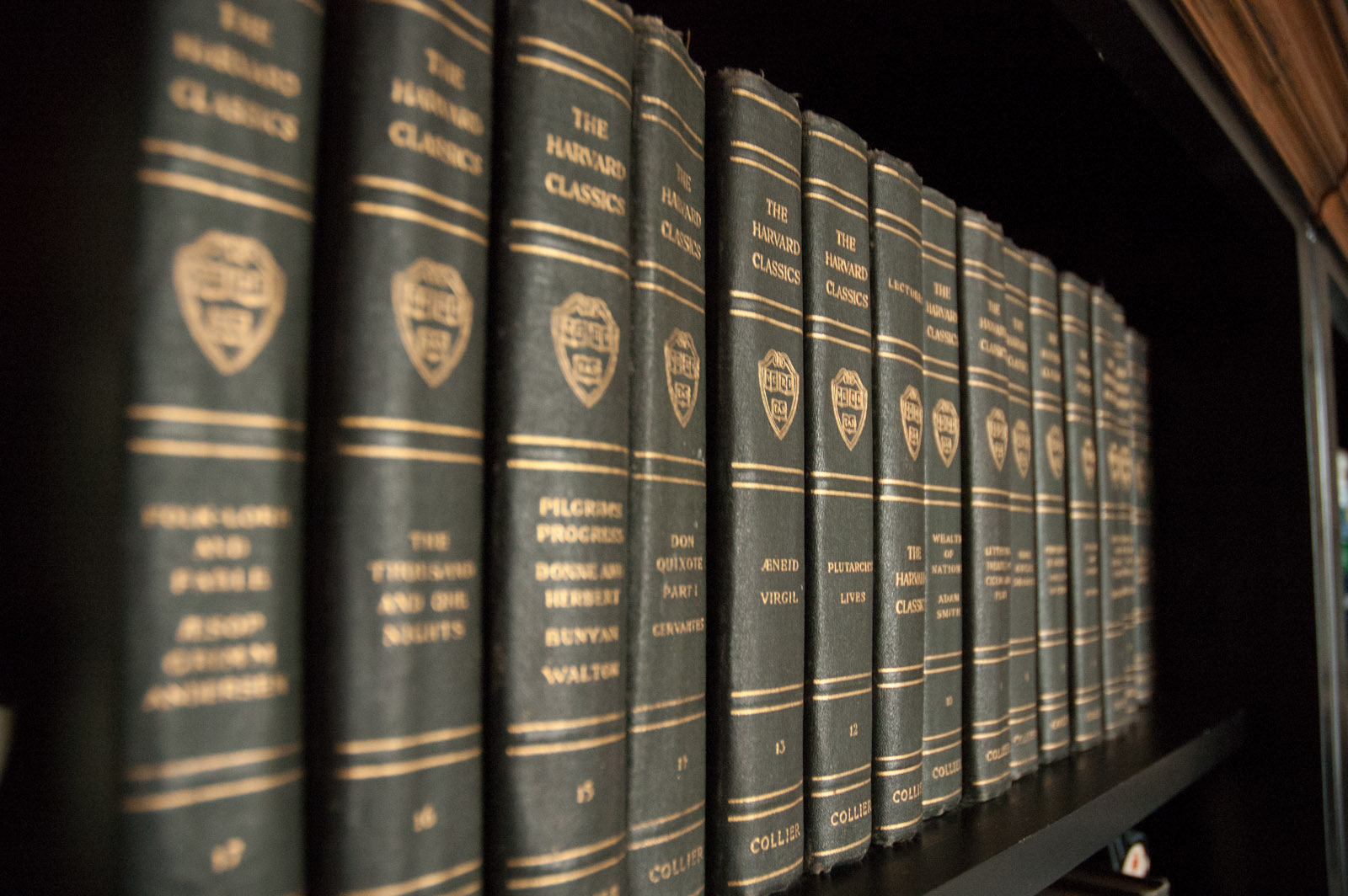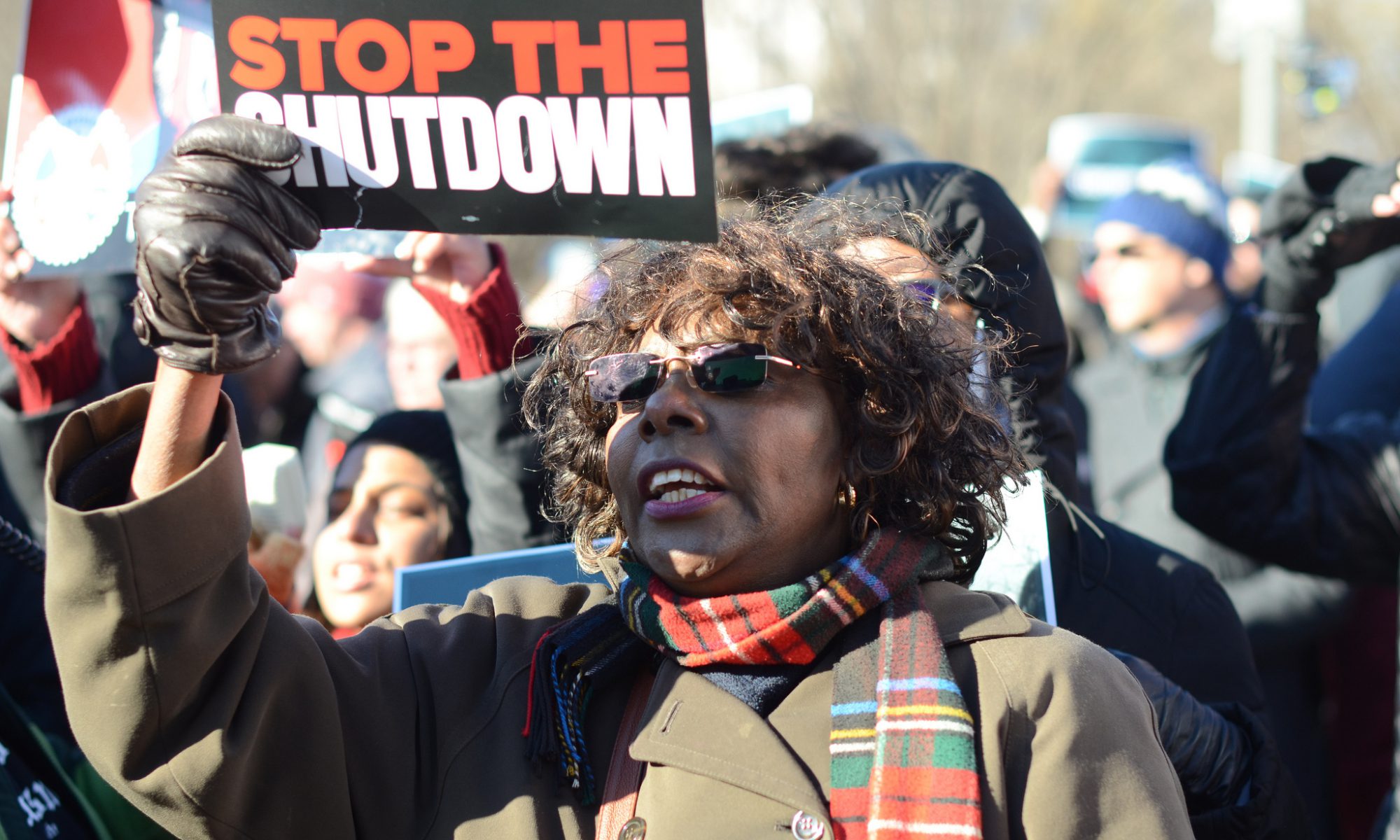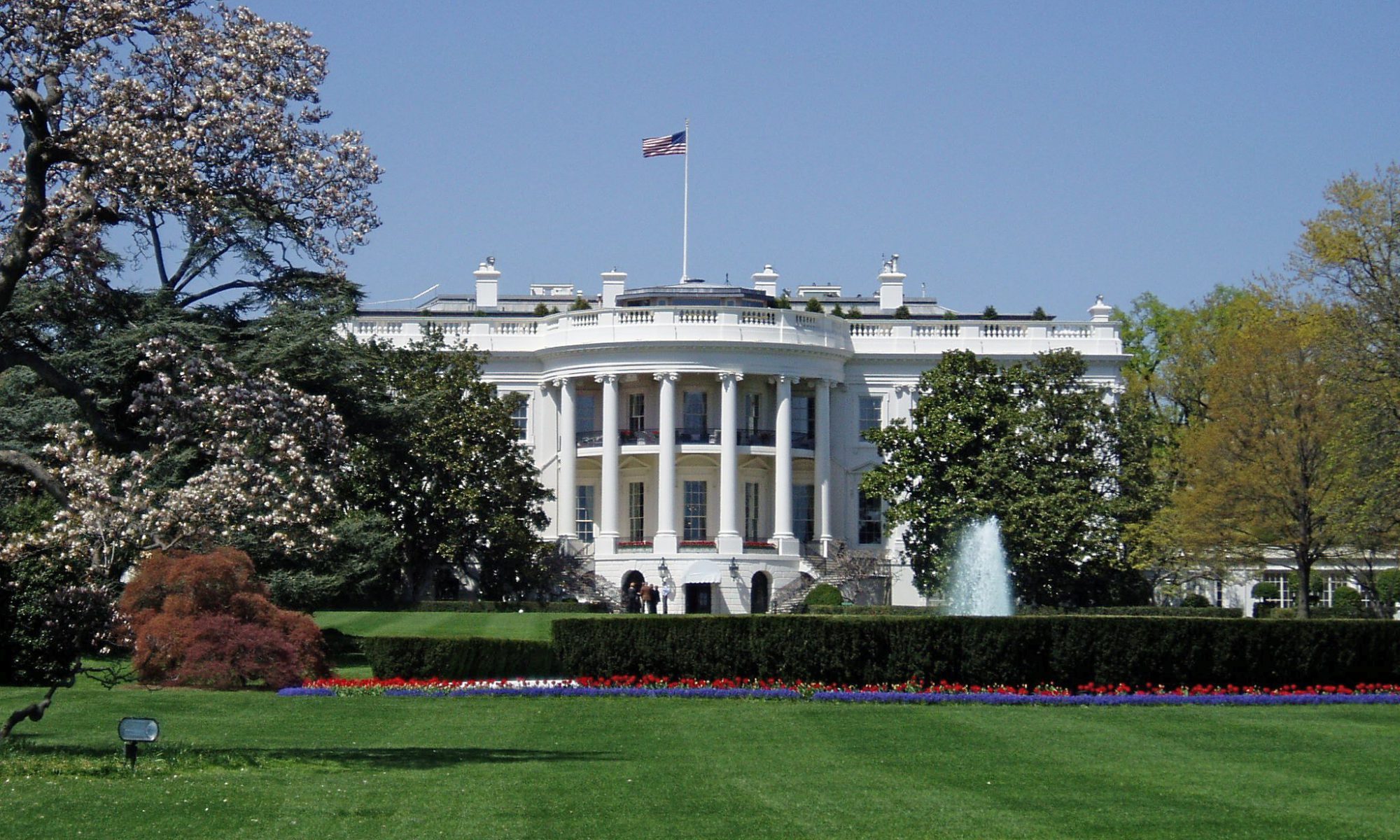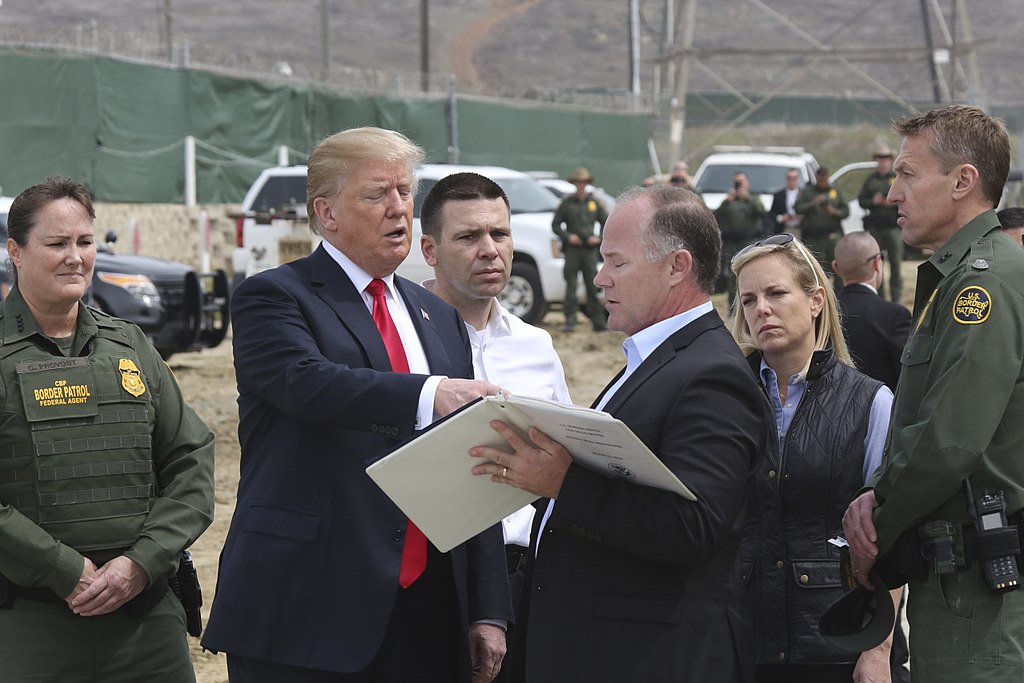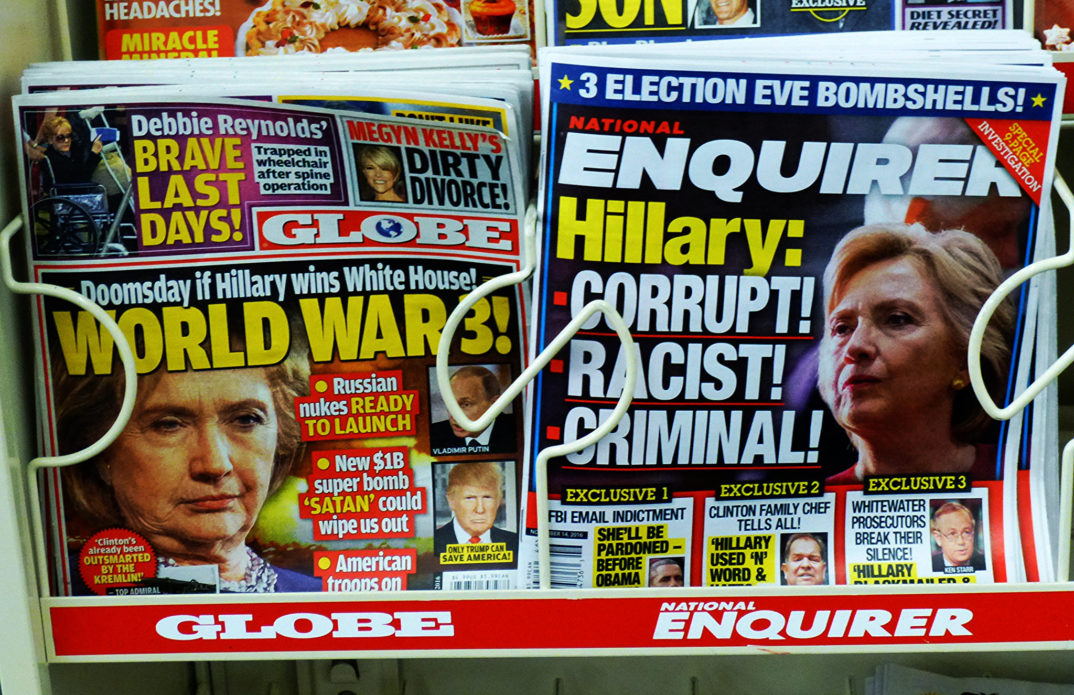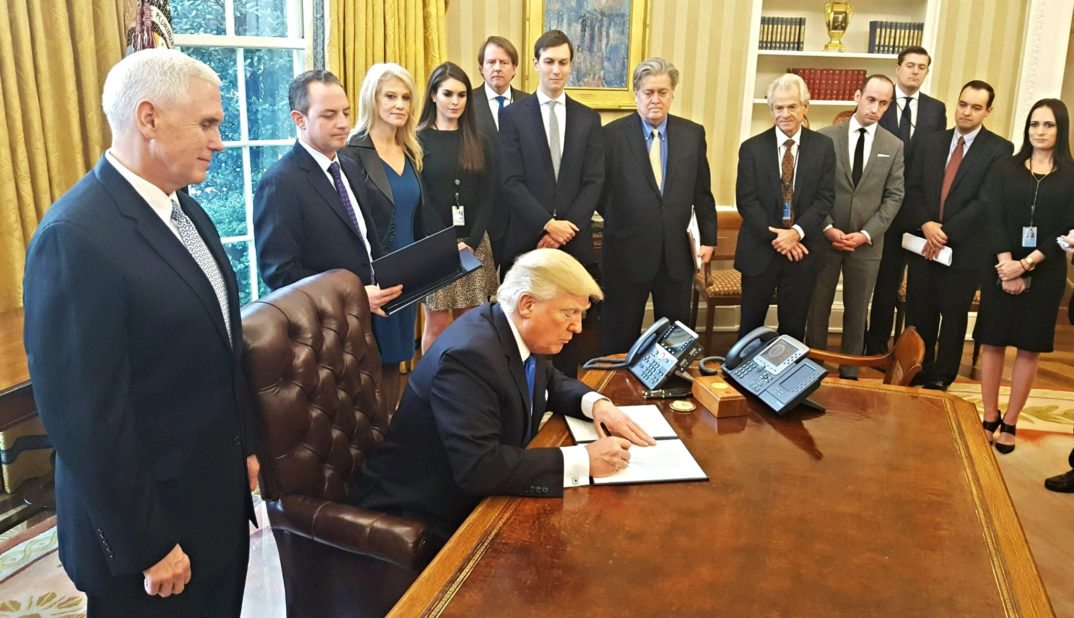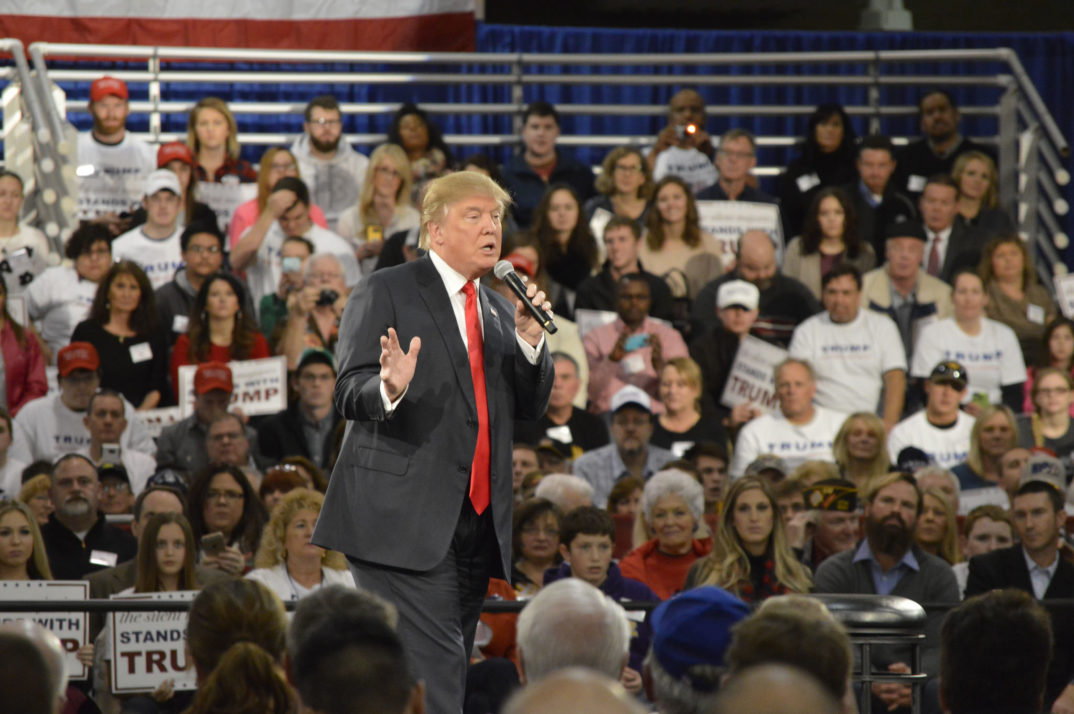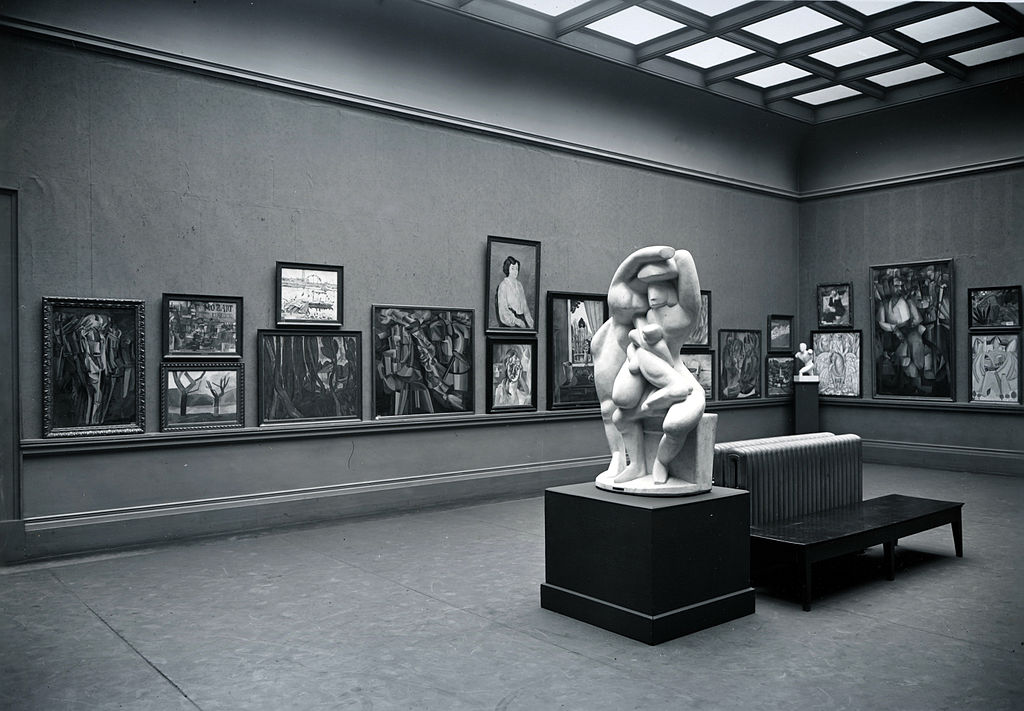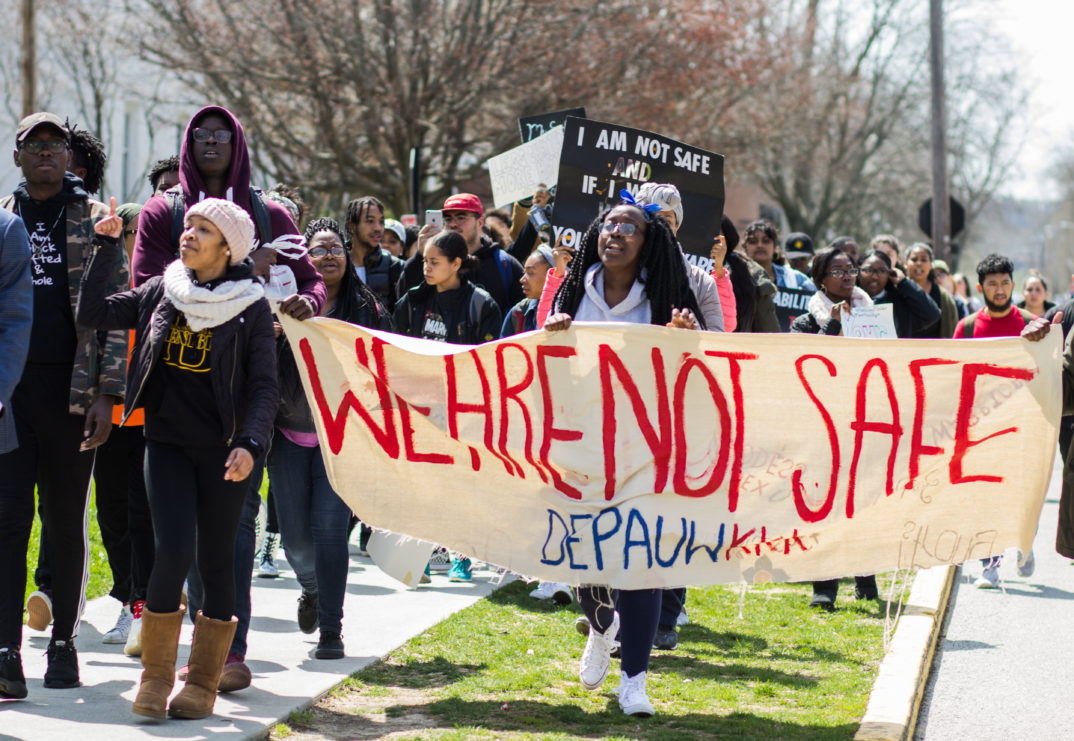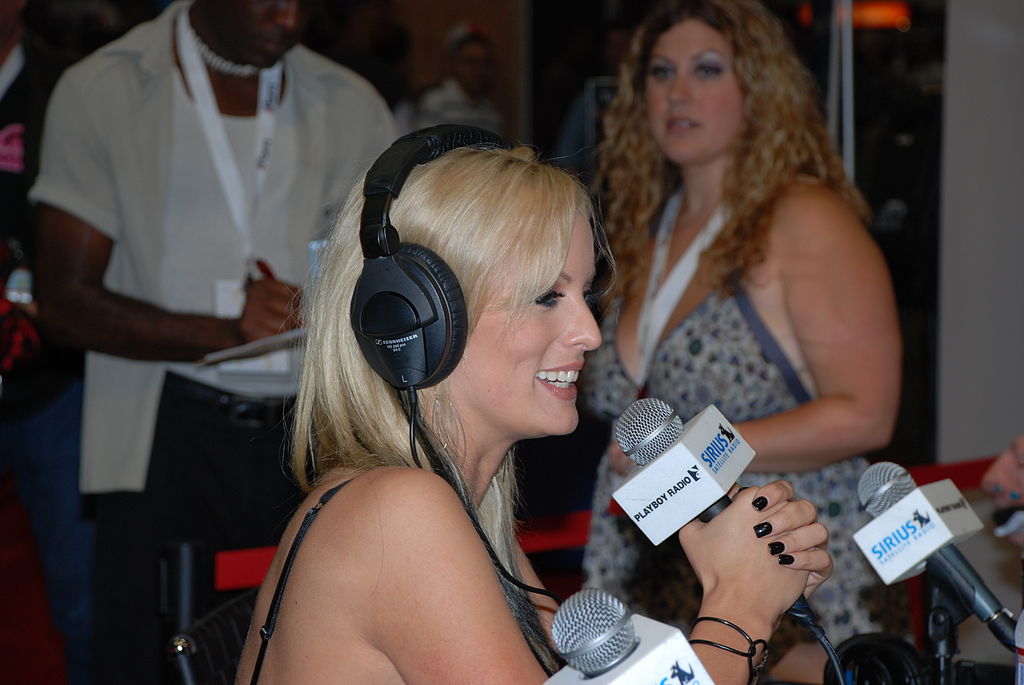The response to Donald Trump’s indictment has followed an unsurprising formula. Republicans, predictably, have called the indictment an outrage, the weaponization of politics, and (to add some gratuitous antisemitism) the vindictiveness of a Soros-backed District Attorney. Democrats, equally predictably, have pointed to the indictment as proof that “no one is above the law.” Left and center-left pundits have followed suit: here is evidence, they tell us, that our justice system works, and that even the wealthy and powerful cannot escape judgment. And yet, no matter how many times this cliché is repeated, it is hard to shake the reality that repetition conceals. A lingering doubt remains: if no one is above the law, why does it take so much effort to prove it? Maybe the opposite is true, and this indictment is merely the exception that proves the rule.
Writing for The Atlantic, David A. Graham has spelled out the thought succinctly: “An indictment of the former president, followed by orderly due process, would show that no one is immune to following the law simply because he is famous, wealthy, politically powerful, willing to threaten the justice system, or possessed of intemperate and powerful followers.” Clearly, this is the lesson many liberals want us to learn, and if they weren’t busy trying to pretend Trump is just another law-abiding citizen, no doubt Republicans would be happily jumping on this bandwagon as well. After all, “Law and Order” is a mantra they usually like, and it’s a mantra that would hardly have much electoral appeal if it were clear that while no one is entirely above the law, some people are very much more above it than others.
But the sequence of events seems to suggest a very different lesson. During the four years of Trump’s term as president, we routinely witnessed potentially criminal behavior. The first government investigation of one small piece of this behavior — the Muller report — presented stark realities that were largely buried only thanks to an Attorney General openly lying about its findings. Trump was the first president in American history to be impeached twice, once for blackmailing a foreign leader for his own political benefit, and once for attempting a coup. But the impeachments were quashed by Senators cringing in terror of their constituents.
And yet this isn’t the really damning part; this is politics, we might think, which shows us nothing about our justice system. Yet those four years — as well as the run-up to the 2016 election — were also filled with investigative journalists sending us a constant stream of reports of Trump’s past financial crimes; indeed, the Trump Organization has recently faced legal attacks and the threat of dissolution stemming from those past misdeeds. But all this naturally raises a question: if Trump’s presidential ambitions merely capped a lifetime of criminal activity, where was justice then?
The Republican refrain is that this indictment, like the ongoing investigation into Trump’s handling of classified documents, the investigations of his multiple efforts to stage a coup, and the investigations and convictions of the Trump Organization, is politically motivated. That certainly seems right, if what it means is that Trump’s actions have generated intense pressure on public officials from their constituents to take enforcement action instead of looking the other way despite repeated and brazen violations. But if that’s damning, it isn’t damning of the indictment or the investigations, but of the vast legal silence that preceded them. What was justice doing before Trump grew bored of real estate, steaks, and reality television and decided to play politician?
Look at the extraordinary lengths Trump has had to go to for indictment to even become a serious possibility. These lengths are literally historically unprecedented: he had to run for president, win, engage in years of corruption leading, among other things, to the two aforementioned impeachments; he had to attempt a coup, both by trying to intimidate election officials and by sending an armed mob to hang his vice president. He not only removed top secret documents from the White House, but repeatedly refused official requests to return them and, to all appearances, returned some and lied by insisting all had been returned. And yet, after all this, we still faced a steady stream of headlines about the perils of any indictment rather than its necessity, and about resistance to criminal investigations rather than reflections on how overdue they were. As Adam Serwer notes, far from the bizarre picture in some circles of the FBI as overrun by woke Trump-hating communists, in reality many agents in the Bureau were highly resistant to the prospect of raiding Trump’s residence to search for documents. Again, Trump didn’t just have to break the law to face real criminal investigations; he had to break it over and over, in the open, in blatant and unconcealable ways, from what may well be the most visible position of power in the world.
The barriers to Trump’s indictment, then, are obviously great; he had to work hard to overcome them. This is not true of most Americans, who lack protection from investigation, prosecution, and occasionally arbitrary arrest and state violence. And so the picture we walk away with falls far from the cliché that no one is above the law. The system of justice, it may seem, exists to police most of us and keep us in line, but some are above it, perhaps sacrificed on very rare occasions to make the point that justice is fair, but otherwise almost entirely untouched unless their crimes become so absurd and so visible that law enforcement agencies cannot avoid taking action.
When someone uses Trump’s indictment to tell you that no one is above the law, we should ask why they’re using this particular case to make that point. Are there so few cases that anyone wanting to shore up the credibility of our justice system must rely on egregious examples? Or, more charitably, is it an attempt to reinforce failing norms? If the latter, then the lesson is surely that we require a large-scale reform of our justice system: if we genuinely want people to believe not just that Trump’s indictment is well warranted, but also that our justice system is impartial, then we should focus on making it fair and transparent. This may involve closer scrutiny of prosecutors’ decisions not to pursue cases against wealthy criminals carried out by a federal agency (rather than simply investigative journalists, whose reports largely have an effect only if enough voters read them) in order to form a clearer picture of how such decisions are made and look for fixes. At the very least, a focus on ways to remove roadblocks to district attorneys’ will and ability to undertake enforcement actions, even in the absence of political pressure, may help prevent future Trumps from coming our way.


